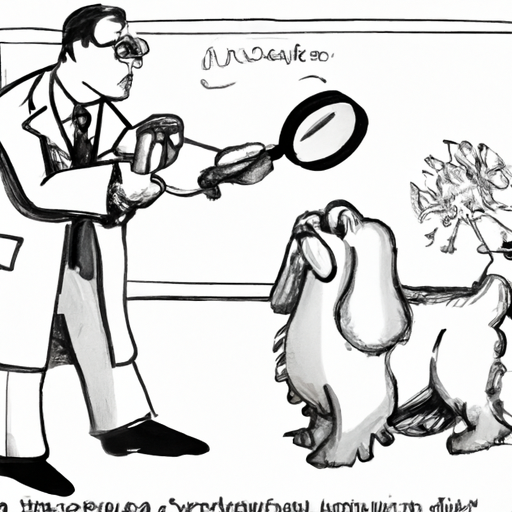As a dog parent, you’re likely concerned about the various diseases that can affect your beloved pet. One of the most dreaded ones is Parvovirus, often simply referred to as Parvo. This highly contagious virus is a serious threat to dogs, especially puppies and unvaccinated dogs. This article is designed to provide an in-depth look at Parvo: what it is, how dogs contract it, preventive measures, and treatment options.
What is Parvo?
Parvovirus, often shortened to Parvo, is a highly infectious disease that attacks the dog’s gastrointestinal tract. It’s particularly dangerous for puppies under four months old and dogs that haven’t been vaccinated against it. The Parvo virus can cause severe vomiting, diarrhea, weight loss, and lethargy. In extreme cases, it can be fatal.
How is Parvo Transmitted?
- Direct Contact: Parvo is primarily spread through direct contact with an infected dog or through fecal matter. When your dog sniffs, licks, or consumes infected feces, they can contract the virus.
- Indirect Contact: Parvo can also be contracted through indirect contact. The virus is resilient and can live on surfaces for months. This includes objects like shoes, food bowls, carpets, and clothes that have come into contact with an infected dog’s feces.
- Human Transmission: While humans can’t get Parvo, they can unknowingly transmit the virus. If you’ve been in contact with an infected dog or contaminated objects, you can carry the virus home to your pet.
Preventive Measures Against Parvo
Vaccination
Vaccination is the most effective way to protect your dog from Parvo. Puppies should be vaccinated at 6, 8, and 12 weeks old, followed by a booster every three years.
Hygiene
Proper hygiene can also help prevent the spread of Parvo. Clean and disinfect your dog’s living area regularly, especially if they’ve been in contact with an infected dog.
Isolation
Until your puppy has received all their vaccinations, it’s best to keep them away from public places like parks or pet stores where the risk of exposure to Parvo is higher.
Treatment Options for Parvo
While Parvo is a serious disease, early detection and treatment can significantly improve your dog’s chances of recovery. If you notice any signs of Parvo, you should immediately seek veterinary care.
Treatment often involves:
- Intravenous fluids to treat dehydration
- Medications to control vomiting and diarrhea
- Antibiotics to prevent secondary infections
| Treatment | Purpose |
|---|---|
| Intravenous fluids | To treat dehydration |
| Medications | To control vomiting and diarrhea |
| Antibiotics | To prevent secondary infections |
Frequently Asked Questions
1. Can my dog get Parvo even if they’re vaccinated?
While rare, it’s possible for a vaccinated dog to contract Parvo. However, their symptoms will likely be less severe, and they have a better chance of recovery compared to unvaccinated dogs.
2. Can older dogs get Parvo?
While Parvo is more common in puppies, older dogs can still contract the virus, particularly if they’re unvaccinated.
3. How long does Parvo last in the environment?
The Parvo virus is highly resilient and can survive in the environment for several months, even in extreme temperatures.
4. How long after exposure will a dog show signs of Parvo?
Most dogs will start showing symptoms of Parvo 3-10 days after exposure.
5. Can humans contract Parvo from dogs?
No, humans cannot contract Parvo from dogs. However, they can carry the virus and transmit it to other dogs.
In conclusion, Parvo is a serious and potentially deadly virus, but with proper preventive measures and early treatment, it can be effectively managed. Always keep an eye on your dog’s health and behavior, and don’t hesitate to seek veterinary care if you suspect something might be wrong.



